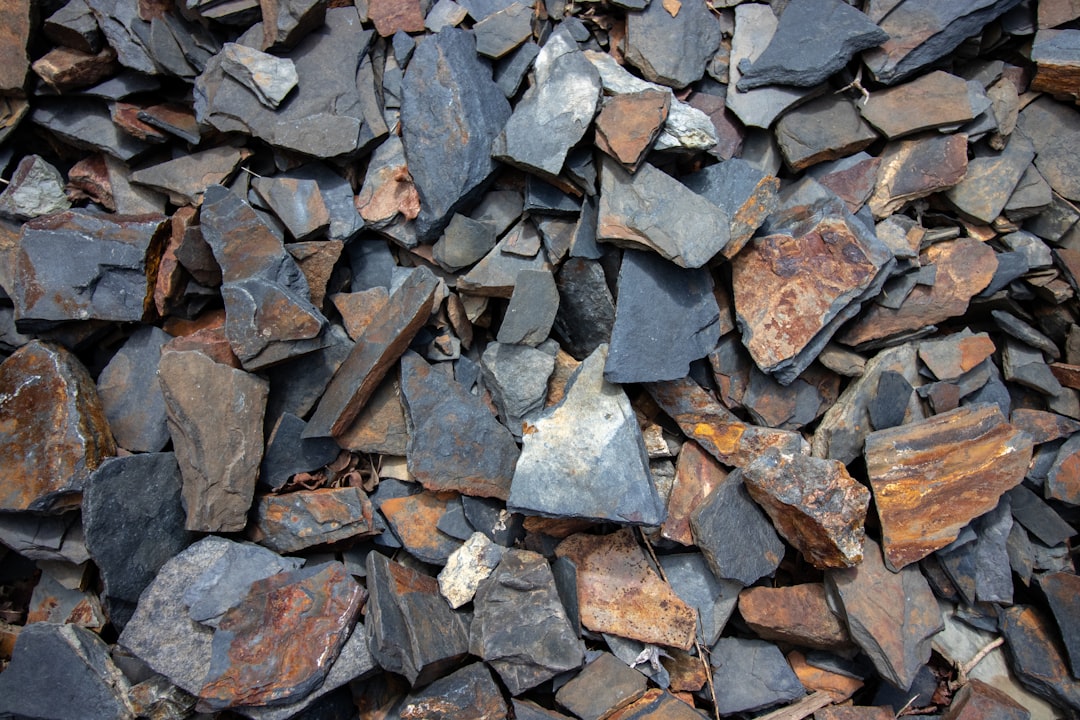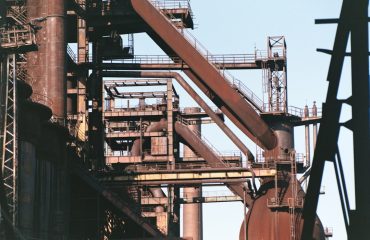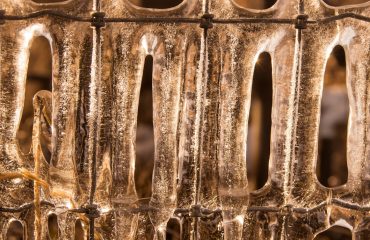Steel, the backbone of modern infrastructure and countless industries, doesn’t magically appear. Its creation relies on a complex interplay of raw materials, each playing a crucial role in the final product. This comprehensive guide delves into the various sources of these essential components, offering a detailed understanding of the steelmaking process from its very beginning.
1. Iron Ore: The Foundation of Steel
Iron ore, the primary raw material for steel production, is a rock or mineral containing significant amounts of iron oxides. The most common types include hematite (Fe₂O₃), magnetite (Fe₃O₄), and limonite (FeO(OH)·nH₂O). The quality of iron ore is determined by its iron content, impurities (like silica, alumina, and phosphorus), and its overall mineralogy. High-grade ores boast iron content exceeding 60%, while lower-grade ores require more processing to reach suitable purity levels for steelmaking.
Iron ore extraction involves extensive mining operations, ranging from open-pit mining for surface deposits to underground mining for deeper reserves. Once mined, the ore undergoes several processing steps, including crushing, grinding, and concentrating to remove impurities and increase the iron content. This concentrated iron ore, often in the form of pellets or sinter, is then ready for use in the blast furnace or other steelmaking processes.
Major iron ore producing countries include Australia, Brazil, China, India, and Russia. The global distribution of these resources significantly impacts steel production costs and logistics.
2. Scrap Metal: A Sustainable Steel Ingredient
Scrap metal, a crucial secondary raw material, plays a vital role in sustainable steel production. It encompasses a wide range of steel and iron-based materials, including discarded automobiles, construction debris, industrial waste, and obsolete machinery. The use of scrap metal significantly reduces the need for virgin iron ore, minimizing environmental impact and conserving natural resources.
Scrap metal is categorized into various grades based on its chemical composition and physical properties. These grades determine its suitability for different steelmaking processes. For instance, heavy melting scrap (HMS) is commonly used in electric arc furnaces (EAFs), while shredded scrap is preferred for its consistent size and handling ease. The quality control of scrap metal is crucial, as impurities can negatively affect the final steel product.
The recycling of scrap metal represents a significant component of the circular economy in the steel industry. Effective scrap metal collection, sorting, and processing networks are essential for ensuring a continuous supply of this valuable resource.
3. Coke: Fueling the Blast Furnace
Coke, a porous, high-carbon fuel, is a critical component in the traditional blast furnace steelmaking process. It’s produced by heating coal in the absence of air, a process known as coking. The high carbon content of coke is essential for reducing iron oxides in the iron ore to metallic iron within the blast furnace. Furthermore, coke’s porous structure provides the necessary permeability for gas flow within the furnace.
The quality of coke directly influences the efficiency and productivity of the blast furnace. Factors such as its strength, reactivity, and size distribution are carefully controlled. The coking process itself is energy-intensive and generates byproducts that require proper management to minimize environmental impact. The shift towards alternative steelmaking technologies is partly driven by a desire to reduce reliance on coke and its associated emissions.
4. Fluxing Materials: Refining the Steel
Fluxing materials, such as limestone and dolomite, play a crucial role in removing impurities from iron ore during steelmaking. These materials react with silica and other impurities in the iron ore to form slag, a molten waste product that is separated from the molten iron. The selection of fluxing materials depends on the specific composition of the iron ore and the desired properties of the final steel product.
Limestone (calcium carbonate) is commonly used due to its abundance and relatively low cost. Dolomite (calcium magnesium carbonate) offers additional benefits in certain situations, improving slag fluidity and reducing phosphorus content in the molten iron. The precise amount and type of fluxing material are carefully controlled to optimize slag formation and impurity removal.
5. Alloying Elements: Tailoring Steel Properties
Alloying elements are added to molten steel to enhance its mechanical properties, such as strength, hardness, ductility, and corrosion resistance. Common alloying elements include manganese, chromium, nickel, molybdenum, vanadium, and silicon. The specific combination and quantity of alloying elements are carefully chosen based on the intended application of the steel.
For instance, stainless steel requires significant amounts of chromium to provide excellent corrosion resistance. High-strength low-alloy (HSLA) steels utilize small additions of various elements to enhance their strength and weldability. The precise control of alloying element additions is crucial for achieving the desired steel properties and maintaining consistent quality.
The sourcing of these alloying elements can involve mining, refining, and recycling processes, adding another layer of complexity to the overall steel supply chain.
Understanding the sources of steel raw materials is fundamental to appreciating the complexities of steel production and its impact on the global economy and environment. The ongoing development of sustainable steelmaking practices relies on efficient utilization of these resources and continuous innovation in material science.
SEO-Friendly Tags:
- Steel Raw Materials
- Iron Ore Sources
- Scrap Metal Recycling
- Steelmaking Process
- Steel Industry Raw Materials




